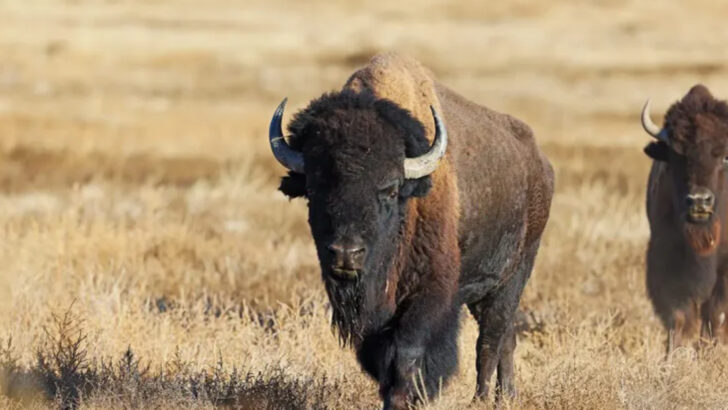Extinction isn’t always the end—but sometimes, it is. Across the globe, animals have vanished, leaving behind silence where there was once life.
But in rare, incredible cases, some have clawed their way back from the edge. Wolves returned to Yellowstone.
The California condor took to the skies again. And a few species thought long gone have shocked the world by reappearing like ghosts from the past.
Still, for every comeback story, there’s a tragedy. The thylacine? Gone. The Pinta Island tortoise? Just memories and museum bones.
This post dives into the wild rollercoaster of survival, spotlighting 13 species that defied the odds—and 10 that didn’t make it.
It’s a tribute to nature’s resilience… and a reminder of just how fragile it all is
Coelacanth

Once thought extinct for over 66 million years, the Coelacanth was rediscovered off the coast of South Africa in 1938. This “living fossil” stunned scientists with its unique lobed fins and prehistoric appearance. Its discovery was akin to finding a dinosaur alive today.
These fish dwell in the deep ocean, eluding human observation for centuries. Their resilience is a testament to nature’s secrets yet to be uncovered.
With careful monitoring and habitat protection, Coelacanths continue to intrigue marine biologists and spark curiosity about our planet’s history.
Przewalski’s Horse
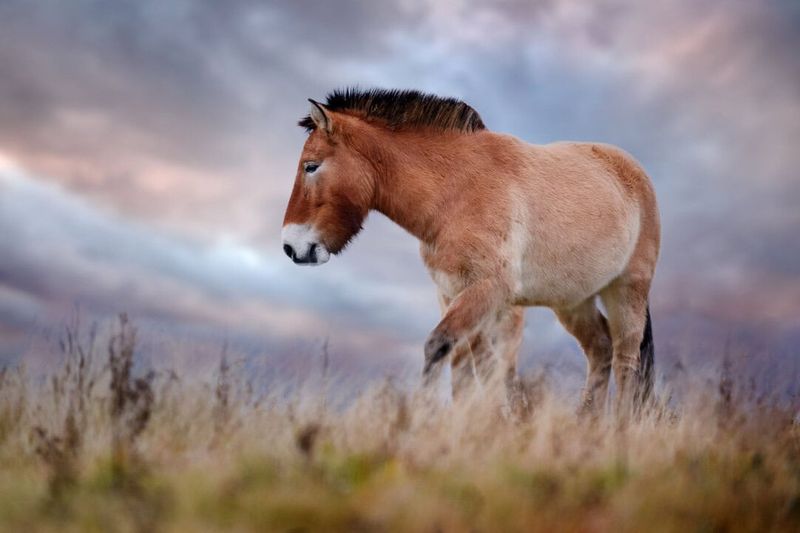
Native to the steppes of Central Asia, Przewalski’s Horse was declared extinct in the wild by the mid-20th century. However, it was reintroduced into its natural habitat after successful breeding in captivity.
These robust horses carry a genetic legacy distinct from domestic horses, embodying the wild spirit of their ancestors. Conservationists have celebrated their return as a symbol of hope for endangered species worldwide.
Their reintroduction highlights the importance of preserving genetic diversity and protecting ecosystems for future generations.
California Condor
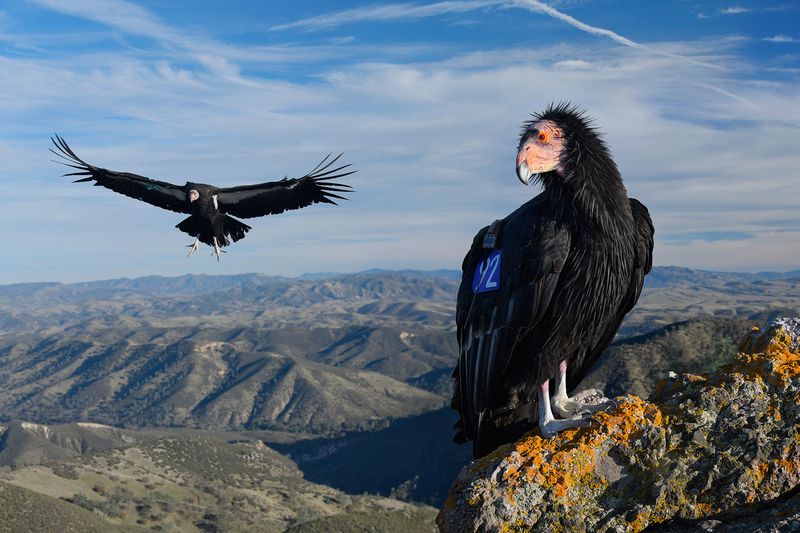
The California Condor faced near extinction in the 1980s, with only 27 individuals remaining. Through captive breeding programs and immense conservation efforts, their numbers have gradually increased.
These majestic birds, with wingspans stretching nearly ten feet, now soar above the cliffs of California once more. Their comeback story is a triumph of human dedication to wildlife preservation.
Challenges remain, but the condor’s revival inspires continued efforts to protect endangered species and restore habitats.
Arabian Oryx
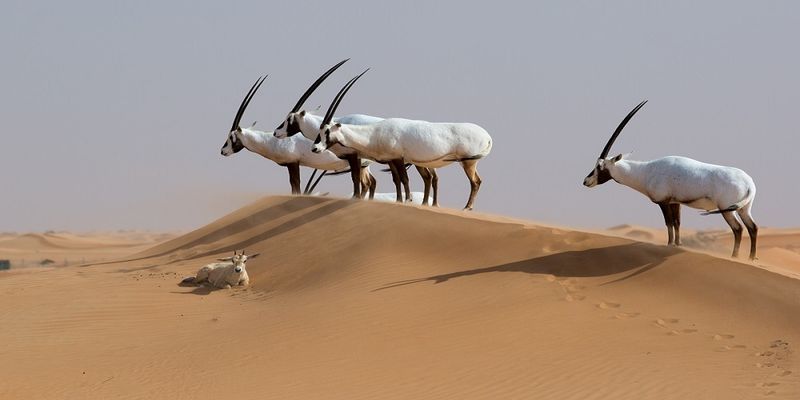
Hunted to extinction in the wild by the early 1970s, the Arabian Oryx was saved by breeding programs that eventually allowed for reintroduction into its native desert habitat.
This graceful antelope, with its striking white coat and long, straight horns, has become a beacon of hope for conservationists.
Today, the Arabian Oryx thrives in protected areas across the Arabian Peninsula, symbolizing the potential for human intervention to reverse the decline of endangered species.
Siberian Tiger
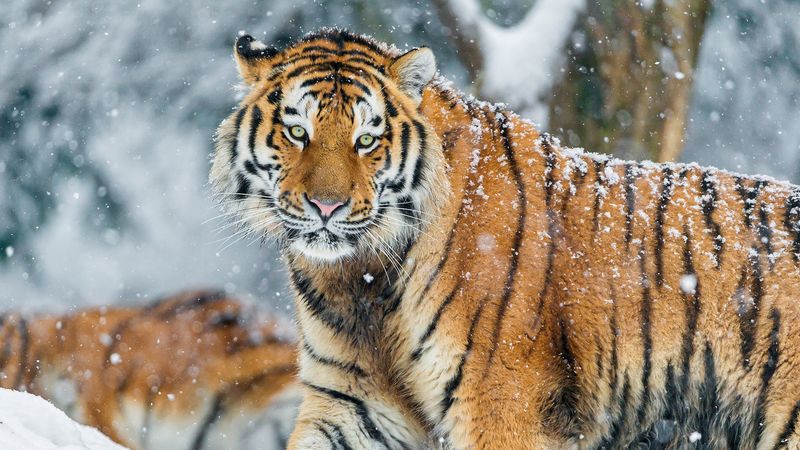
The Siberian Tiger, or Amur Tiger, faced critical endangerment due to poaching and habitat loss in the 20th century. Conservation efforts in Russia have stabilized their population.
These magnificent creatures roam the snow-covered landscapes of the Russian Far East, embodying the wild, untamed beauty of nature.
Russia’s dedication to preserving this species has become a model for large-scale wildlife conservation efforts globally.
Guam Rail

Once extinct in the wild, the Guam Rail has been reintroduced to its native island after successful breeding in captivity.
These small, flightless birds fell victim to invasive species, but the dedication of conservationists has brought them back from the brink.
The story of the Guam Rail is a reminder of the delicate balance ecosystems require to thrive and the human role in maintaining it.
American Bison
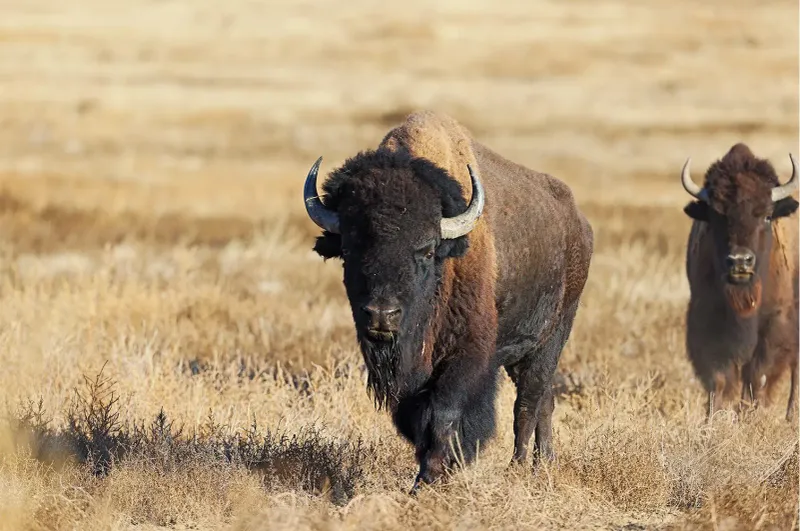
The American Bison, a symbol of the American frontier, was nearly exterminated in the late 19th century. Conservation efforts have restored their numbers, and they now roam protected areas across North America.
These formidable creatures, with their massive builds and shaggy coats, serve as a testament to resilience and the importance of wildlife preservation.
Bison recovery highlights the power of collective action to revive a species from the edge of extinction.
Northern Bald Ibis
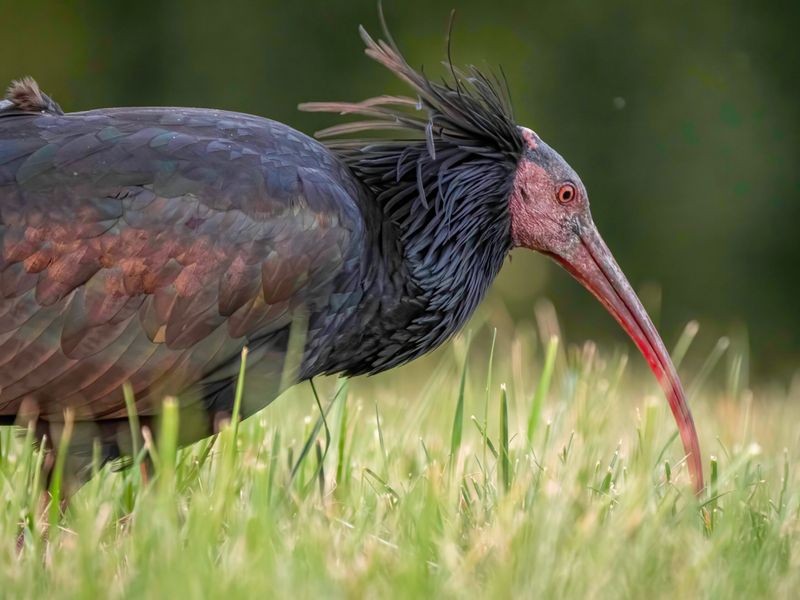
The Northern Bald Ibis, with its distinctive bald head and iridescent plumage, was once widespread but became critically endangered due to habitat destruction and hunting.
Conservation programs have successfully reintroduced these birds to their native ranges in Europe and the Middle East.
Their return symbolizes the possibility of reversing biodiversity loss through dedicated conservation efforts.
Peregrine Falcon
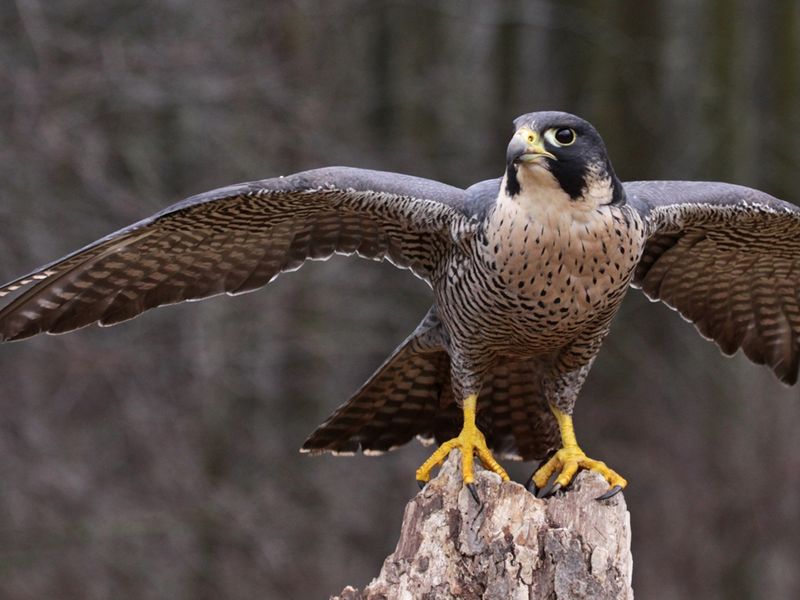
The Peregrine Falcon faced dramatic population declines in the mid-20th century due to pesticide use. Recovery programs have successfully restored their numbers, with many now thriving in urban environments.
These agile predators, known for their incredible speed, have adapted to cityscapes, making skyscrapers their new hunting grounds.
Their resurgence is a testament to adaptability and the effectiveness of modern conservation strategies.
Hawaiian Crow (ʻAlalā)
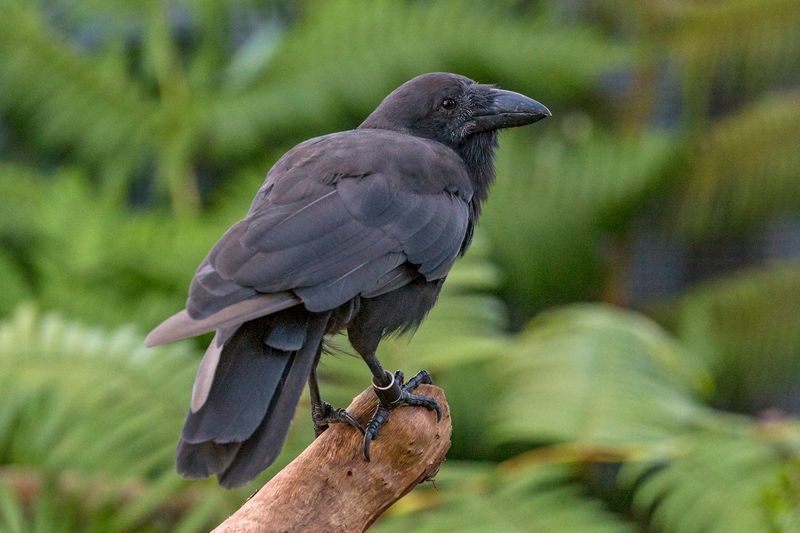
The Hawaiian Crow, or ʻAlalā, was declared extinct in the wild but has been reintroduced thanks to intensive conservation efforts.
These intelligent birds, known for their problem-solving skills, are a vital part of Hawaiian cultural heritage.
Their story underscores the importance of preserving native species and the ecosystems they support, encouraging a deeper connection with nature.
Eurasian Lynx
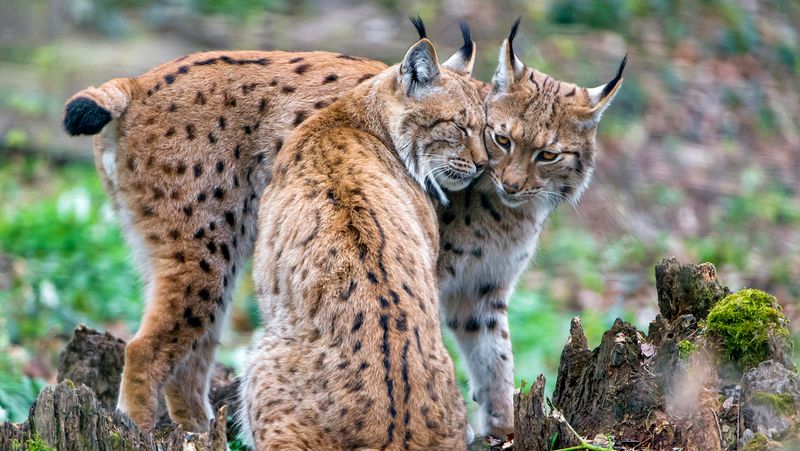
The Eurasian Lynx, once extirpated from many parts of Europe, has been successfully reintroduced in several regions.
These elusive felines, with their tufted ears and spotted coats, have reclaimed their habitat, contributing to the restoration of natural ecosystems.
The return of the lynx highlights the potential for rewilding initiatives to restore ecological balance.
Gray Wolf
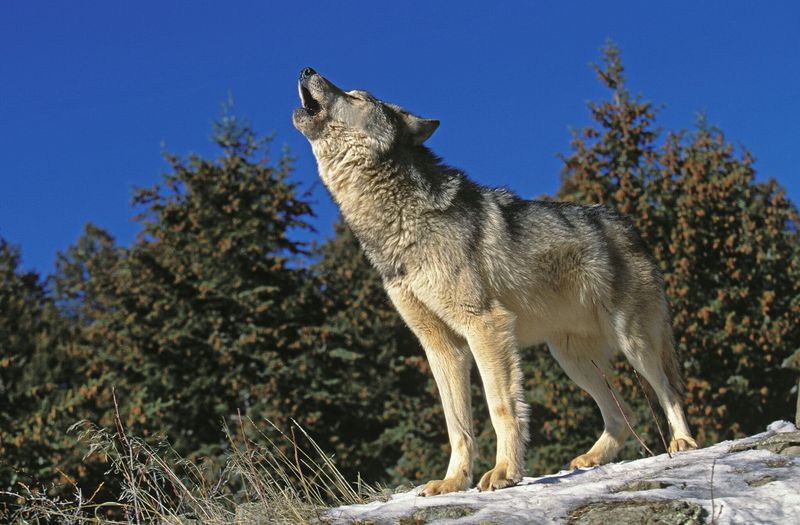
Once hunted to near extinction across much of their range, Gray Wolves have been successfully reintroduced in parts of North America and Europe.
These apex predators play a crucial role in maintaining ecological balance, controlling prey populations, and promoting biodiversity.
Their comeback story is a powerful example of successful wildlife management and the benefits of coexistence with nature.
Red Kite
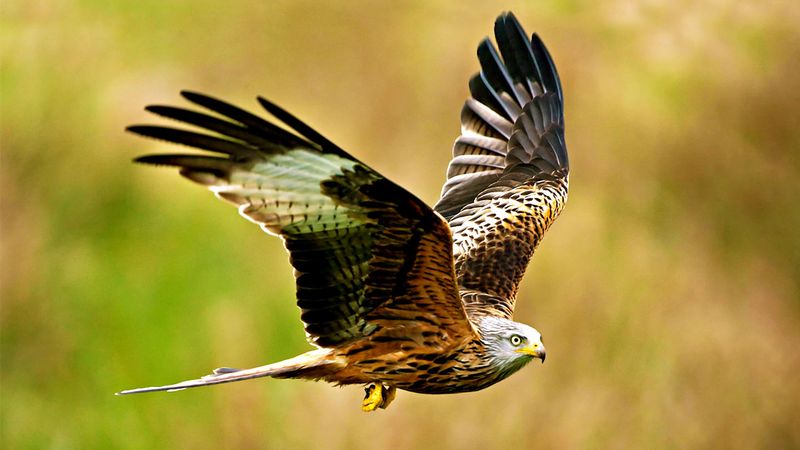
The Red Kite, with its striking reddish-brown plumage and forked tail, was nearly wiped out in the UK by the early 20th century.
Conservation efforts, including reintroduction programs, have allowed these graceful birds of prey to flourish once again.
Their revival is celebrated as a conservation success story, illustrating the positive impact of dedicated environmental stewardship.
Dodo
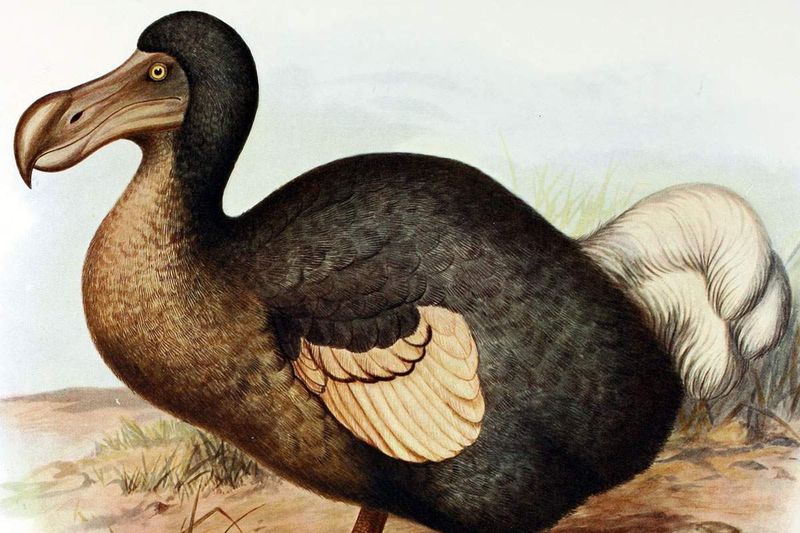
The Dodo, a flightless bird native to Mauritius, is perhaps the most iconic example of extinction caused by human activity.
Known for its ungainly appearance and inability to fly, the Dodo disappeared in the late 17th century due to hunting and introduced predators.
The Dodo’s extinction remains a poignant reminder of the consequences of human actions on vulnerable species and ecosystems.
Tasmanian Tiger

The Tasmanian Tiger, or Thylacine, was a unique carnivorous marsupial native to Tasmania, declared extinct in 1936.
Its extinction resulted from hunting, habitat destruction, and competition with introduced species.
Efforts to study its DNA could provide insights into de-extinction science, though the Tasmanian Tiger’s loss is a tragic chapter in biodiversity history.
Great Auk
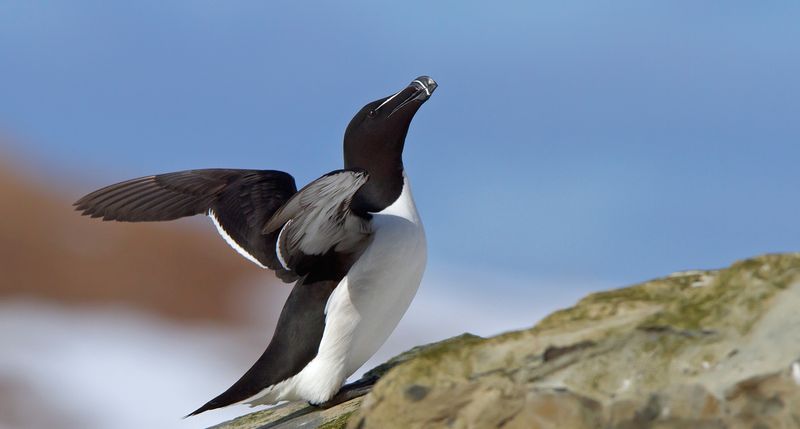
The Great Auk, a flightless seabird once found across the North Atlantic, was driven to extinction by the mid-19th century due to overhunting.
These birds were hunted for their feathers, meat, and oil, leading to their rapid decline.
The Great Auk’s fate serves as a somber lesson about the impact of human exploitation on vulnerable species.
Passenger Pigeon

Once numbering in the billions, the Passenger Pigeon was driven to extinction by the early 20th century due to overhunting and habitat destruction.
Their decline was rapid and irreversible, highlighting the dangers of unsustainable exploitation of natural resources.
The story of the Passenger Pigeon remains a cautionary tale about the critical importance of wildlife conservation.
Steller’s Sea Cow
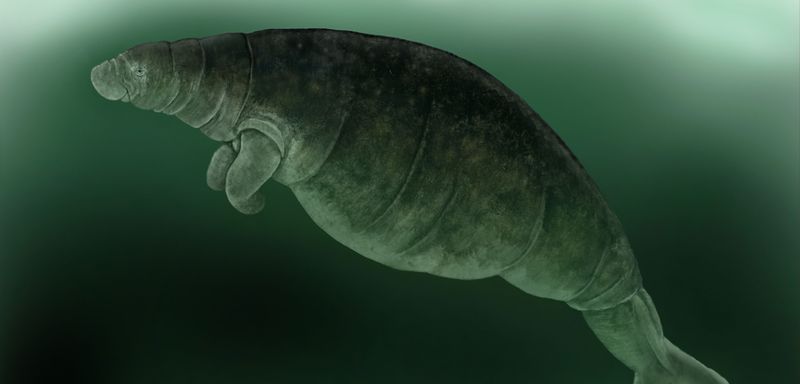
Steller’s Sea Cow, a massive marine mammal, was discovered in the 18th century around the Commander Islands and hunted to extinction within 27 years.
Their gentle nature and slow movement made them easy targets for hunters seeking meat and oil.
The rapid extinction of Steller’s Sea Cow underscores the vulnerability of species to human exploitation and the need for protective measures.
Pyrenean Ibex

The Pyrenean Ibex was a subspecies of the Spanish Ibex that became extinct in the early 2000s.
The last individual, named Celia, died in 2000, marking the end of this unique lineage. Attempts to clone the species have so far been unsuccessful.
The Pyrenean Ibex’s extinction highlights both the challenges and potential of conservation technology.
Quagga
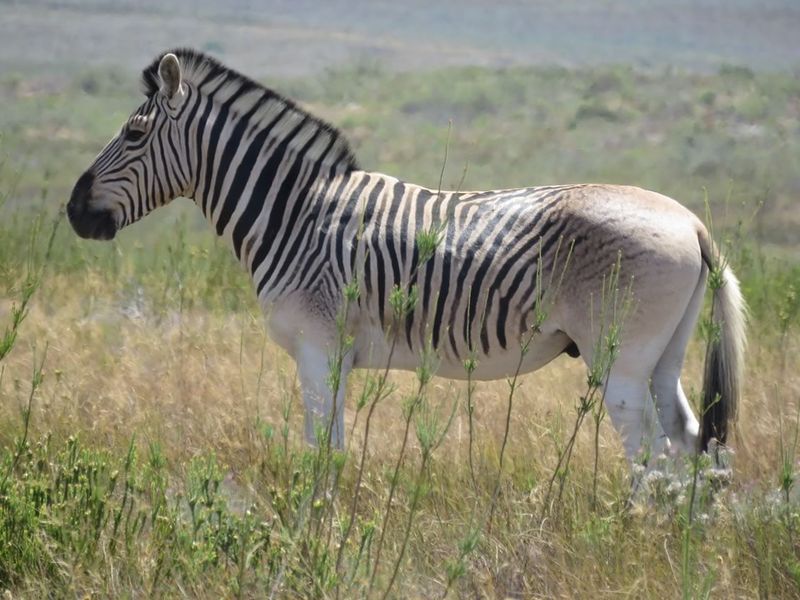
The Quagga, a subspecies of the plains zebra, became extinct in the late 19th century.
Hunted for their skins and perceived as competition for grazing, these animals were wiped out in their native South Africa.
Efforts to selectively breed zebras to resemble the Quagga may one day bring back their unique appearance, offering hope for de-extinction research.
Caribbean Monk Seal
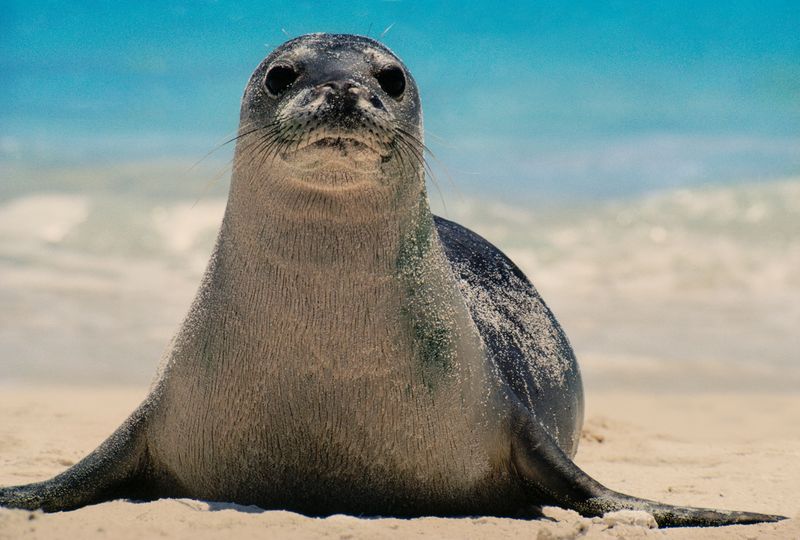
The Caribbean Monk Seal, the only seal species native to the Caribbean Sea, was declared extinct in 2008 after overfishing and habitat loss depleted their population.
Known for their gentle demeanor, these seals were once abundant across their range. Their extinction is a lamentable example of human impact on marine ecosystems.
The loss of the Caribbean Monk Seal emphasizes the urgent need for sustainable ocean management.
Ivory-billed Woodpecker

The Ivory-billed Woodpecker, once widespread in the southeastern United States, is considered critically endangered, possibly extinct.
Habitat destruction and hunting led to their decline, with occasional unconfirmed sightings sparking debate about their fate.
The elusive nature of the Ivory-billed Woodpecker embodies the challenges of verifying the existence of critically endangered species.
Baiji Dolphin
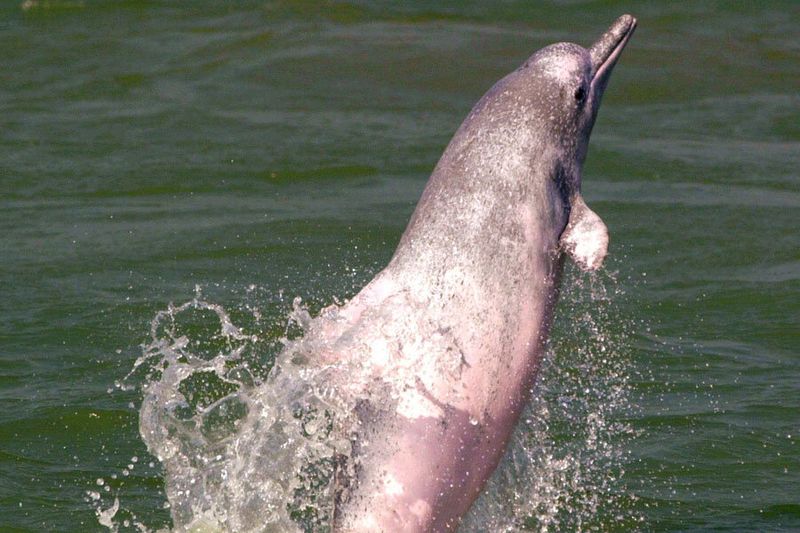
The Baiji Dolphin, or Yangtze River Dolphin, is functionally extinct due to pollution and habitat degradation in the Yangtze River.
Known as the “Goddess of the Yangtze,” this dolphin was revered in Chinese culture but succumbed to the pressures of industrialization.
The demise of the Baiji is a stark reminder of the environmental impacts of unchecked development and pollution.

